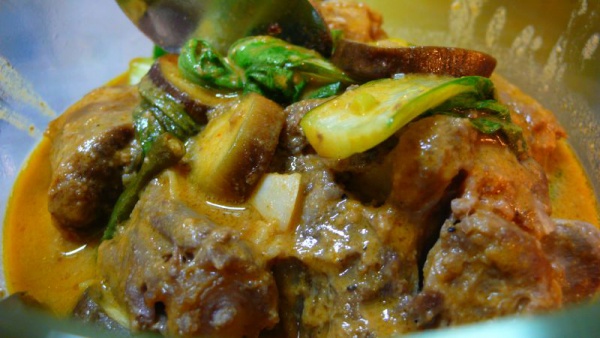Facts About Kare-kare
Kare-kare is a cherished Filipino stew renowned for its rich, savory peanut sauce. This hearty dish can be prepared with an array of meats such as oxtail, pork hocks, beef, offal, or even seafood and vegetables. Typically, it includes vegetables like eggplant, green beans, and okra, all simmered with ground roasted peanuts, onions, and garlic for a burst of flavor. The stew is thickened with ground rice and gets its distinctive color from annatto seeds. It's usually served with bagoong (shrimp paste) and a splash of calamansi juice for an added zest.
The origins of kare-kare date back hundreds of years, with various regions in the Philippines claiming its creation. Pampanga, celebrated for its exceptional culinary traditions, is often credited, but the dish also shows influences from the Moro elite and Indian settlers during the British occupation. The name "kare-kare" is believed to have evolved from the word "curry" likely due to the peanut-based sauce.
Preparing kare-kare involves boiling oxtail and tripe until tender, then blending in ground peanuts and glutinous rice to thicken the broth. Annatto seeds are used to give the stew its vibrant color, and vegetables like banana flower, eggplant, and string beans are added to the pot. The dish is best enjoyed hot, accompanied by a side of bagoong alamang (sautéed shrimp paste).
Kare-kare occupies a special place in Filipino cuisine and is often a centerpiece at festive occasions and family gatherings.
